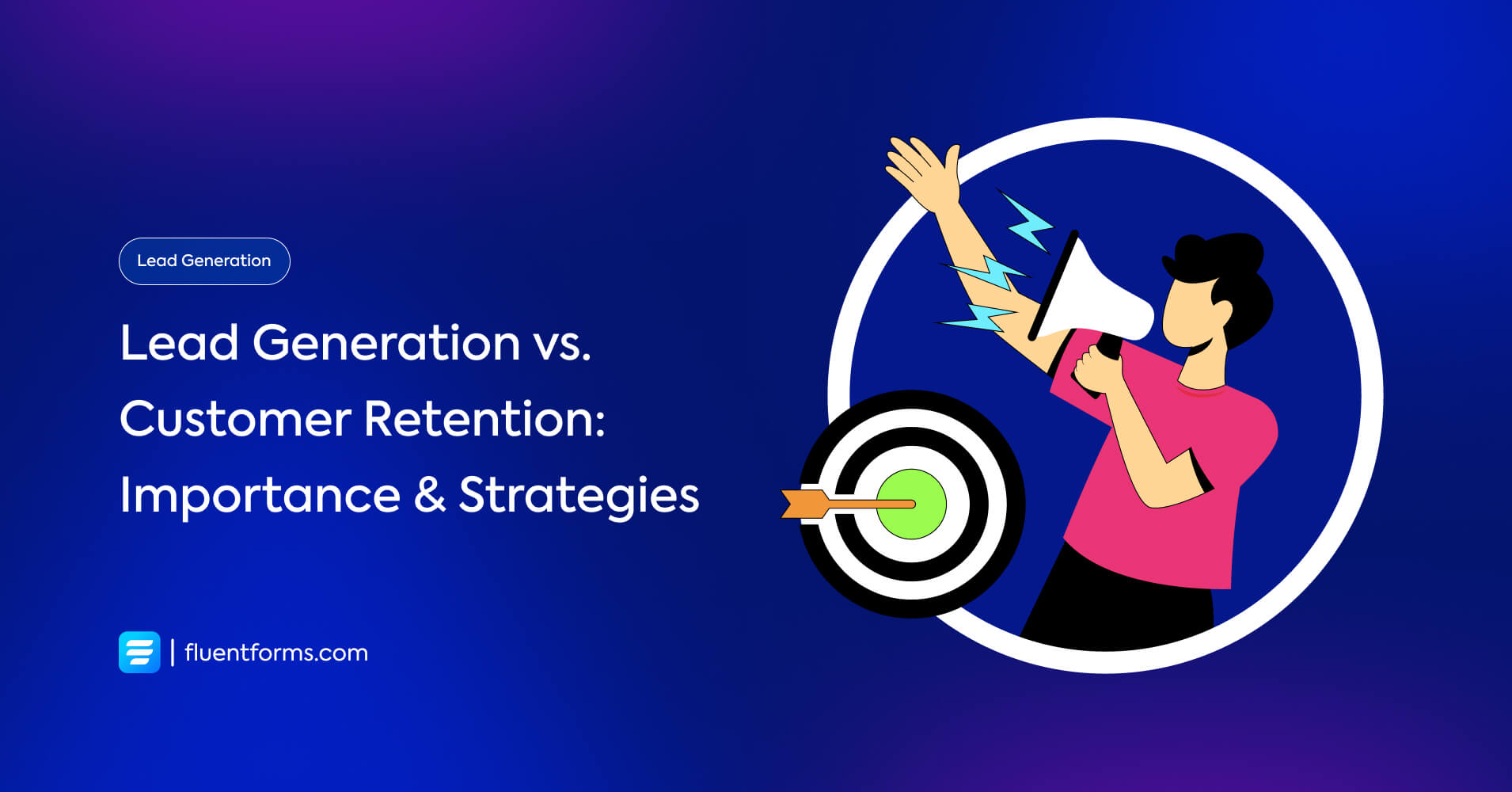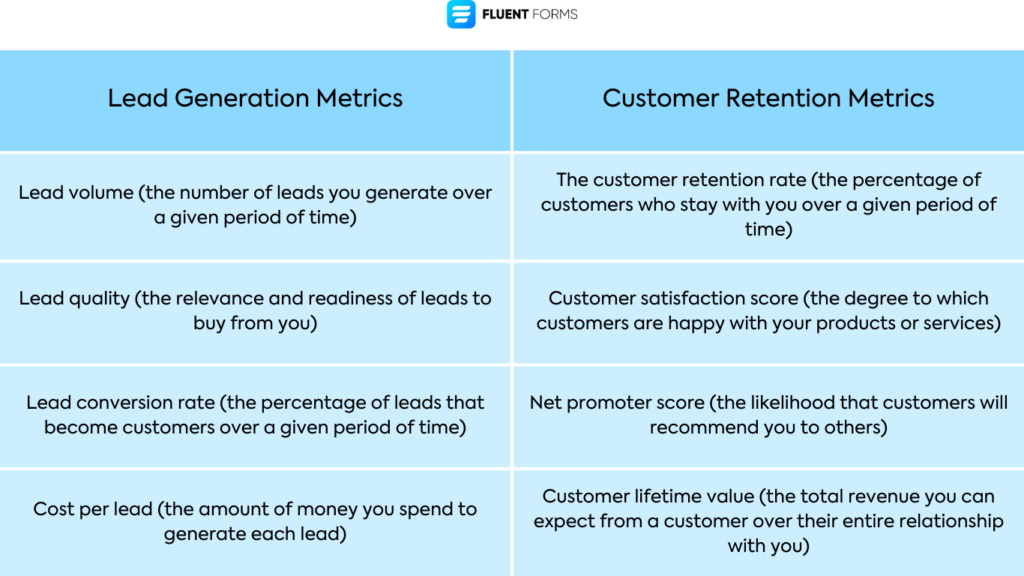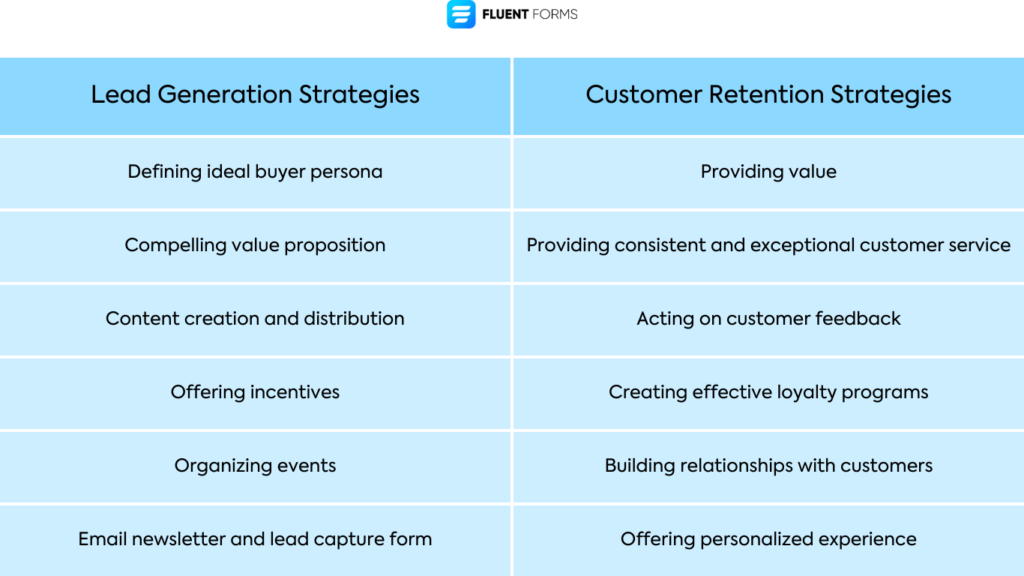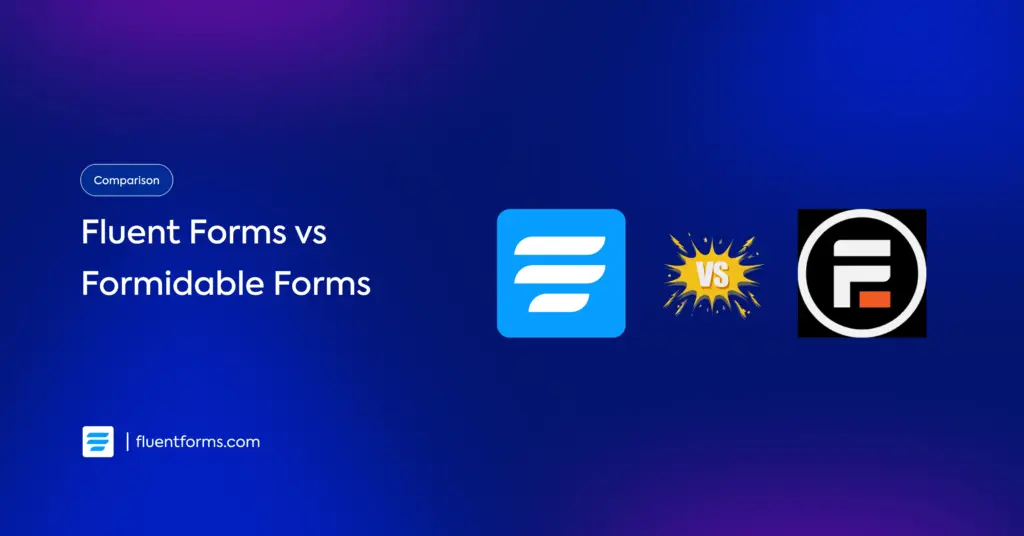Lead Generation vs. Customer Retention: The Strategic Approach

In a perfect world, your products would sell themselves because they’re so amazing. But we don’t live in a perfect world. We live in a world where your target customers don’t even know that you’re waiting for them with the perfect solution. And your paying customers want to feel good about their choice; therefore, they try out different brands to find the right fit for themselves.
And that’s why you need to generate leads from your ideal buyer personas and retain them once you’ve successfully converted them. Learn about lead generation vs. customer retention to find out the differences.
Read the blog to discover their importance, at which stage of the buyers’ journey you should focus on which, and how to apply strategies to bring a balance between both.
What’s lead generation
Lead generation is the process of attracting and capturing potential customer’s interest in your products or services.
It involves all the steps you take to gain the attention of a prospective buyer, including the incentives you offer and the investments you make. When you are successful in your attempts, your audience subscribes to your newsletter or clicks to learn more about a product or service, etc.
What’s customer retention
Customer retention is the process of retaining your existing paying customers. It’s a metric to measure your customer loyalty. It includes all the steps you take so your customers don’t switch over to your competitors.
Lead generation vs. customer retention: which is more important
You can’t really compare lead generation and customer retention because they’re complementary.
Let’s explain this using a metaphor. Suppose you need to fill containers with water. For that, you’ll require stable water sources and containers to store the water.
Now, if I ask which between the water source and the quality of the container is more important, what would your answer be?
On one hand, without the source, there’s no water. On the other hand, if there’s a hole in the container, the water will go out. Therefore, your progress is maximum when both of these requirements are met well.
Again, if water comes out slowly from the source, but you have good containers, then you have slow but stable progress. However, with a hole in the container, you have zero to minimal progress, no matter how fast the water source is.
Lead generation is like the water source, and customer retention is your good container. If you can’t retain your customers, it doesn’t matter how many leads you generate or how many of them convert. Therefore, your goal should be 100 percent customer retention. Once you ensure retention, the more leads you generate, the more profitable it is for your business.
Now you understand why you need balance and harmony between lead generation and customer retention. Use the metrics to measure them, and then focus on the strategies to bring balance where you’re lacking.
Metrics to measure lead generation and customer retention
Let’s go back to the water source and container example again. How do you know that your water source is stable and you have a steady flow of water? How do you know that your container doesn’t have a hole at the bottom of it?
The answer is that you use the metrics. They’re pretty easy to keep track of. All you have to do is manage your customer data effectively and study them to gather insights.
The following points will tell you what to look for from your customer data to keep track of lead generation and customer retention. Additionally, you’ll know if your efforts are paying off, how successful your marketing strategy is, and how useful your products & services are.

Common metrics for lead generation include:
- Lead volume (the number of leads you generate over a given period of time)
- Lead quality (the relevance and readiness of leads to buy from you)
- Lead conversion rate (the percentage of leads that become customers over a given period of time)
- Cost per lead (the amount of money you spend to generate each lead)
The metrics for customer retention include:
- The customer retention rate (the percentage of customers who stay with you over a given period of time)
- Customer lifetime value (the total revenue you can expect from a customer over their entire relationship with you)
- Customer satisfaction score (the degree to which customers are happy with your products or services)
- Net promoter score (the likelihood that customers will recommend you to others)
Lead generation strategies vs. customer retention strategies
To improve your lead generation and customer retention & to find a balance between the two, you need to follow some strategies.

The most important lead generation strategy is to offer your customers what they’re looking for. It can be a solution to their problems, it can be something to make their life easier, etc. You have to make sure they know exactly which pain point you’re solving for them.
To add value to your customers’ lives, first, you have to learn which group of people might be interested in your products and services. After thorough research, create an ideal buyer persona for your business, then see if you can get through to them. You can do this by offering knowledge, free samples, resources, etc.
Once your potential customers find value in what you’re promising them, they become interested in learning more about your offerings. That’s how they turn into your leads. Place email newsletters and lead-capture forms on your website strategically to capture them and give them updates. If you can nurture them properly, they will become your paying customers.
Once they convert, your main job is to retain them. And this part is really tricky when you have tons of competitors in the market.
The safest bet to retain your customers is to provide them with value. If they’re satisfied with your products or services, the chances of them switching to your competitors are close to zero.
Additionally, to take it up a notch, you can build relationships with your customers. You can invite your loyal customers to your programs and get their insight on various topics. You can have loyalty programs or special discounts for your loyal customers.
Another way is to offer a personalized experience to your customers. Not all your customers have the same requirements, and if anyone requests additional features that are within your capability to provide them, you should. Moreover, consider their feedback on your products and try to act reasonably on them.
Furthermore, if you also provide them with exceptional customer service on top of these, they’ll be comfortable doing business with you. They might even do your marketing for you by preaching your products among their friends. The new leads are more likely to trust your brand when they hear about it from someone who has experienced your products and services firsthand.
By following these strategies, you find a balance between the number of new leads you acquire and guiding them to become your repeat customers.
To wrap-up
Now you know how lead generation and customer retention move in a cycle. The customers you retain generate more leads by referral marketing, and the qualified leads you retain become your loyal customers. Therefore, it’s really not a question of which is more important, but rather how you can improve both over time to grow your business.
Let us know if you’ve found this blog helpful, and share your insights with us without hesitation.







Leave a Reply